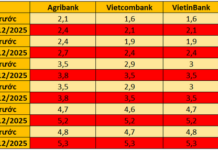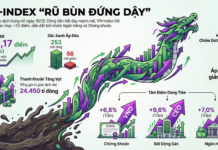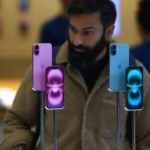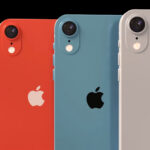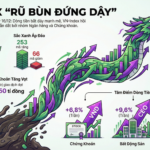Meet Richard Dinh, the current Vice President of iPhone Product Design, and Francesca Sweet, the iPhone Marketing Head. In this interview, they share insights into the design philosophy and features that have contributed to the success of the iPhone brand.
The iPhone made its debut in 2007, and the image of Steve Jobs unveiling the first iPhone remains etched in our memories. It marked the beginning of a mobile phone revolution.
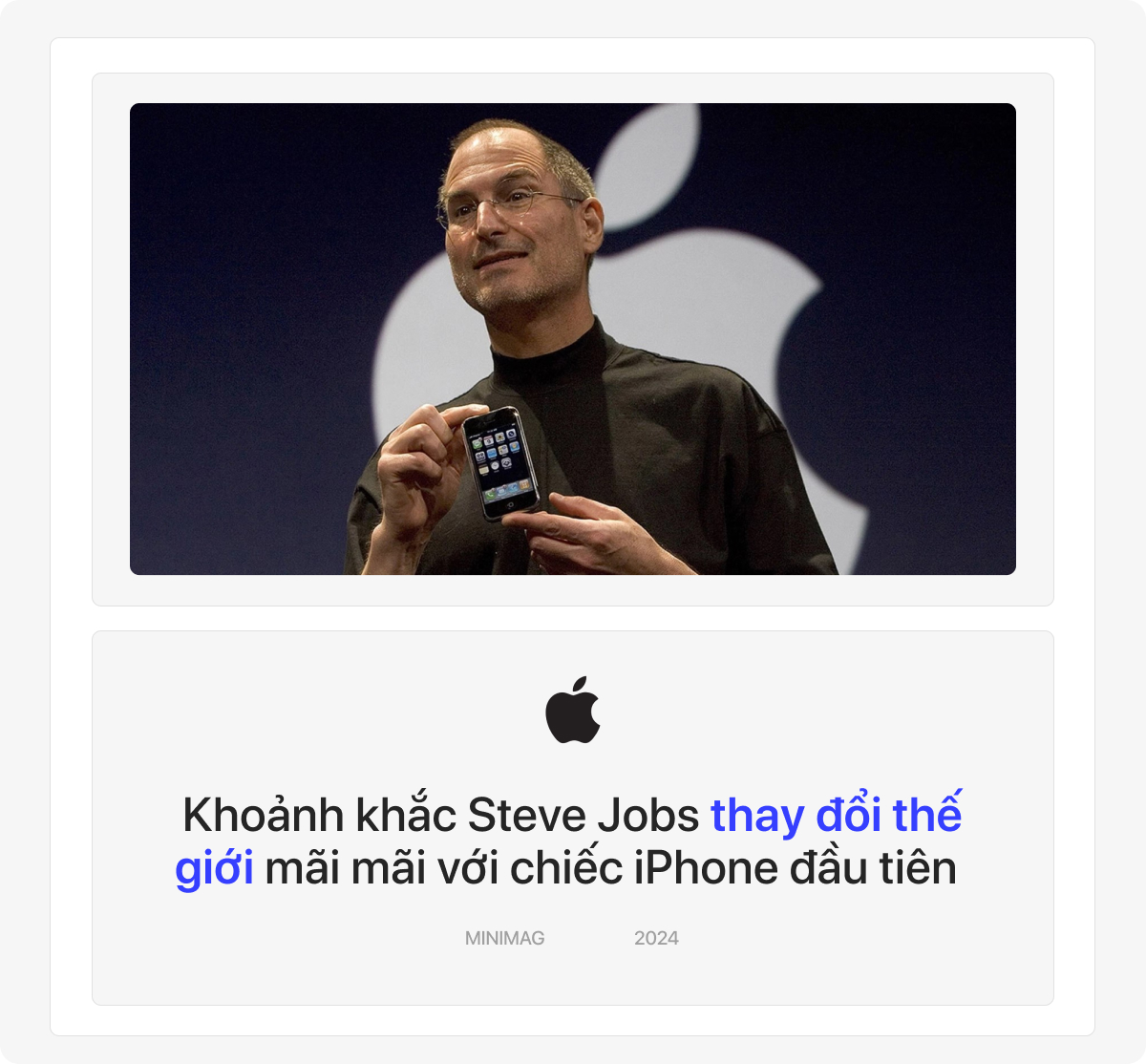
Since then, the iPhone has evolved tremendously, as has Apple, and sadly, the legendary Steve Jobs passed away in 2011 after a battle with cancer. However, his legacy lives on as talented individuals at Apple continue to build upon his vision, creating a leading premium brand.
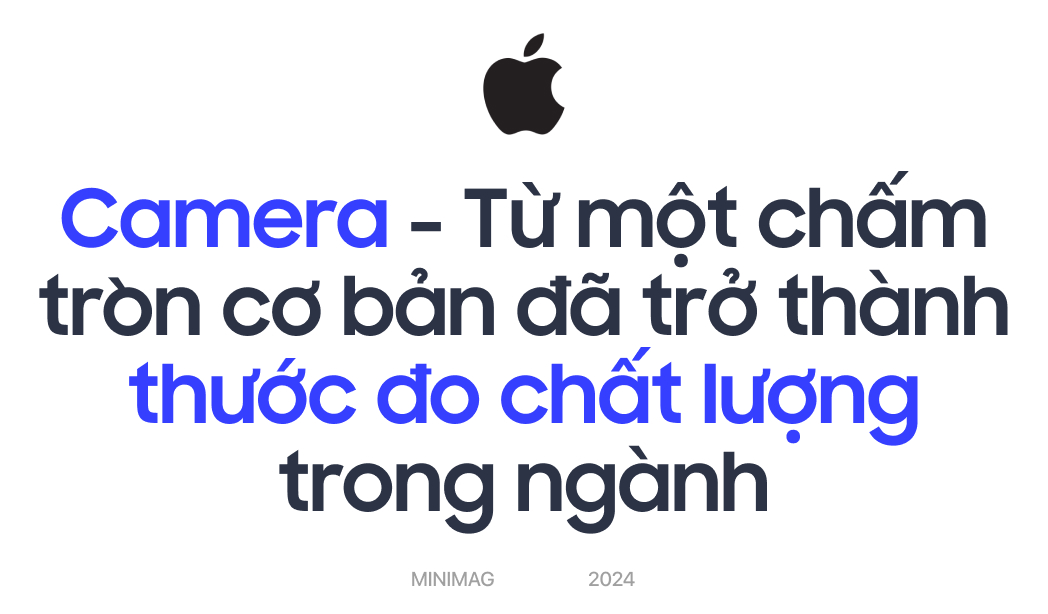
Reflecting on the journey, Mr. Dinh remarked, “Considering the features we have today, I believe the camera system, for instance, is a fantastic example of the advancements in performance and capabilities over the years.”
His mention of the camera system immediately brought to mind the first iPhone, which sported a basic 2MP camera. It could only capture still images and lacked video recording capabilities. What’s more, the camera app had no extra features—no zoom, no effects, and no flash. You could only take a picture and send it to someone. Additionally, the first iPhone did not have a front-facing camera, which would seem odd by today’s standards.
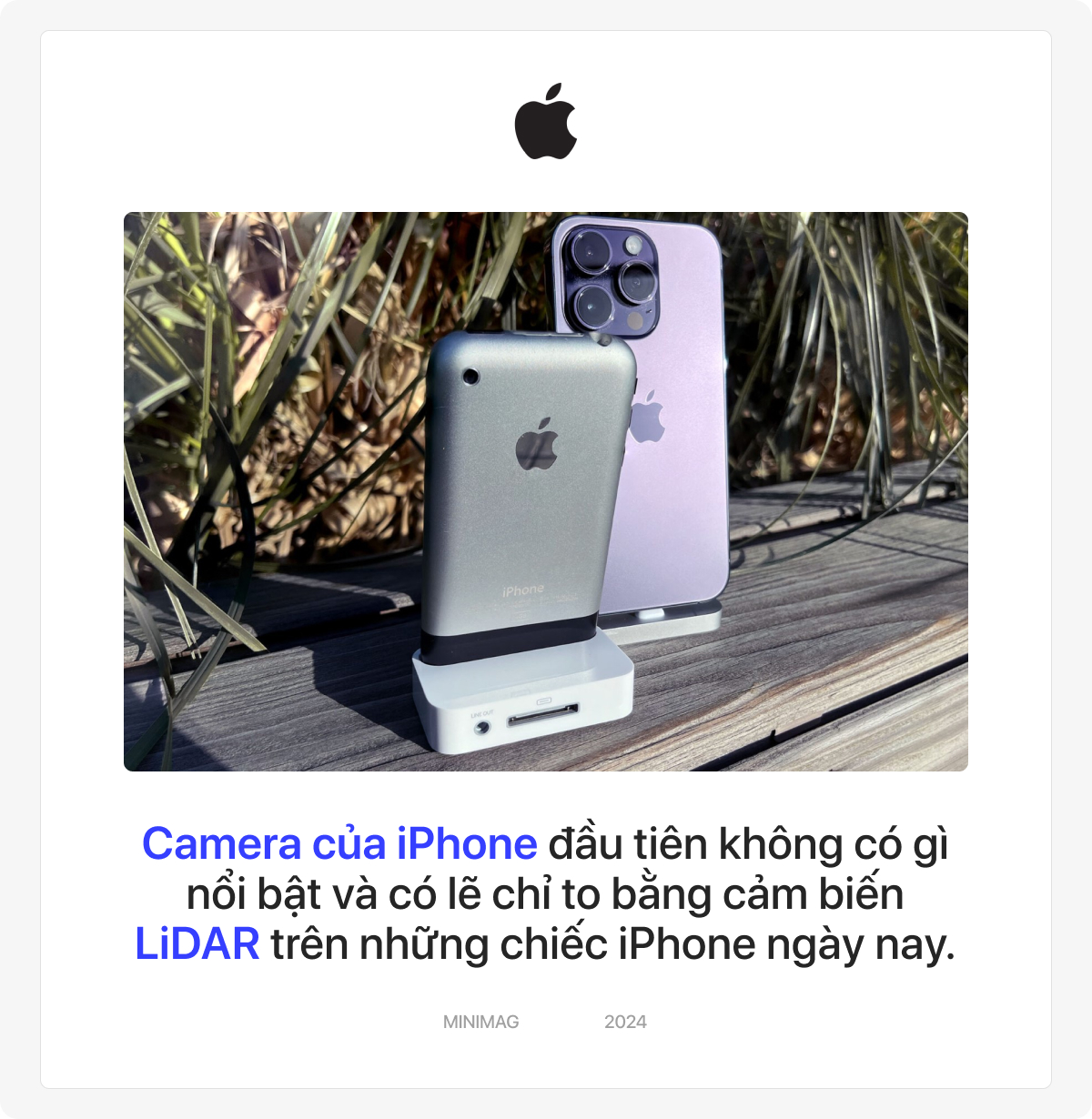
Fast forward to today, and the iPhone 16 Pro series boasts a 48MP main camera with a second-generation quad-pixel sensor, enabling ProRAW and HEIF capture with zero shutter lag. It also features an upgraded 48MP ultra-wide camera (up from 12MP in the previous generation) and a 12MP 5x zoom camera offering 120mm focal length capabilities. Along with a host of shooting modes, AI support, and advanced Camera Control, every iPhone model also includes a high-quality front-facing camera.

“Some of the capabilities we bring to our customers are what I think would never have been possible without the convergence of hardware, software, and silicon,” added Mr. Dinh.
Ms. Sweet chimed in, saying, “In fact, when I look back, it was probably Steve’s vision to know that to stay ahead of the curve and truly own our destiny, we had to create our own silicon. And I think that’s what allowed us to form ideas about features at the pace we wanted and push the boundaries of technology in a way that hadn’t been done before.”
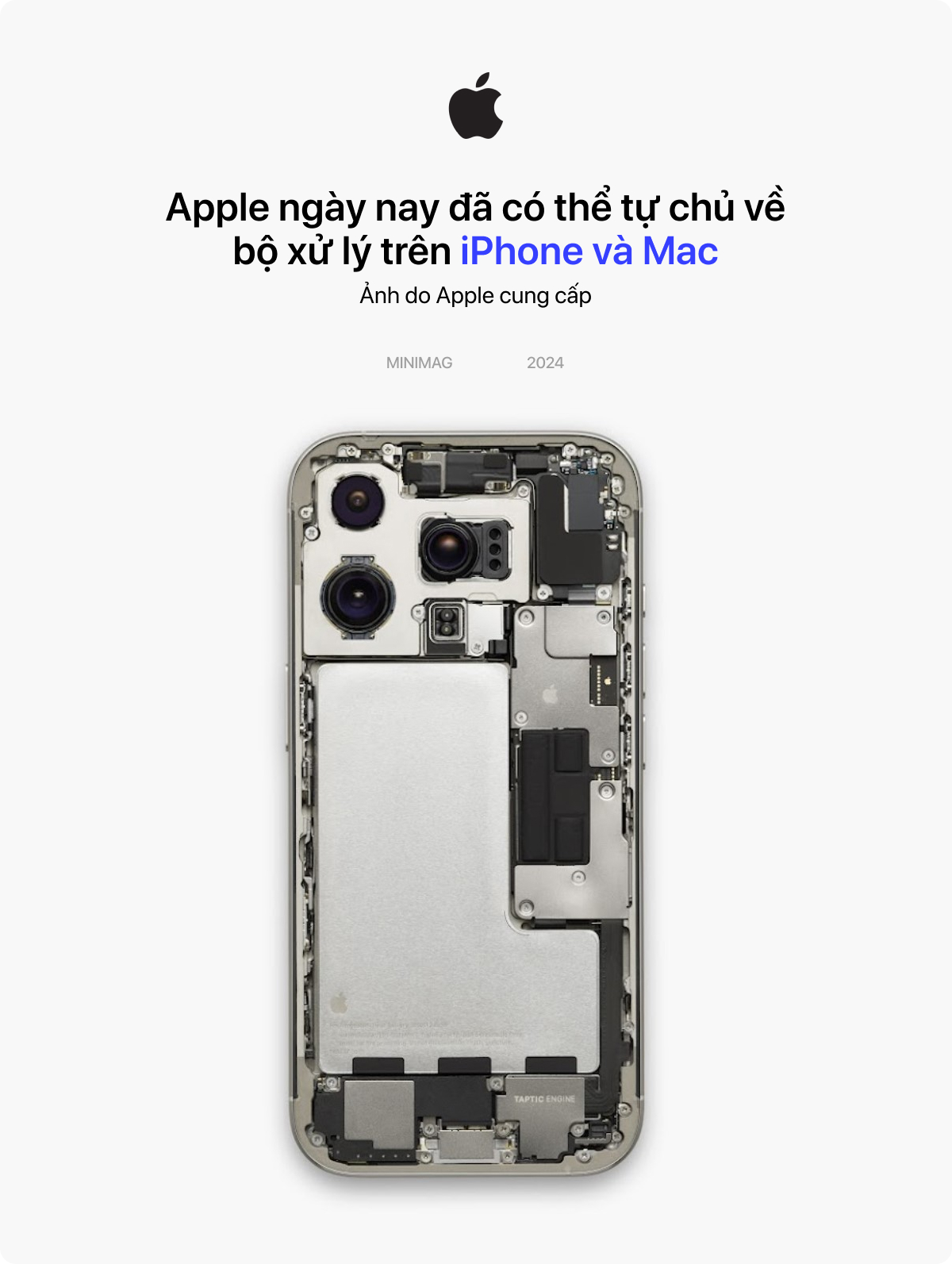
Apple has always been a company that strives to control as many processes as possible in its products. Of course, the Mac wasn’t the first Apple product to feature a custom-designed chip, but the iPhone is perhaps the most notable example. The earliest iPhones didn’t use the Apple A chips we know today; instead, the iPhone and iPod Touch models released from 2007 to 2009 utilized System on a Chip (SoC) designed and manufactured by Samsung according to Apple’s specifications.
It wasn’t until 2010 that the Apple A4 chip, the first to bear the Apple name, made its debut in the original iPad, iPhone 4, fourth-generation iPod Touch, and second-generation Apple TV. Now, Apple uses its own silicon across its product lines—the Mac has the M series, the iPhone has the A series, and even the modem is reportedly set to transition to an in-house design.
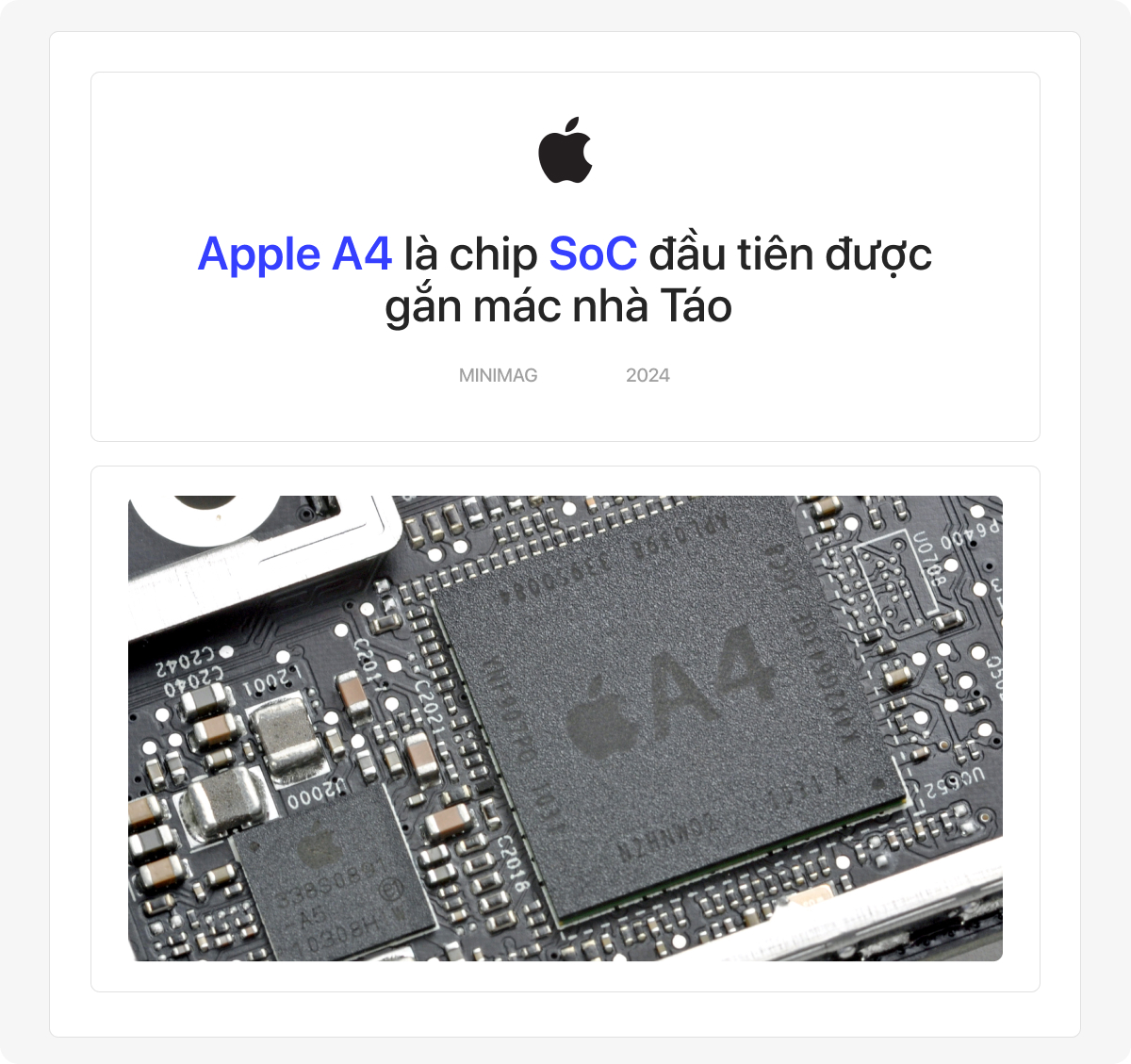
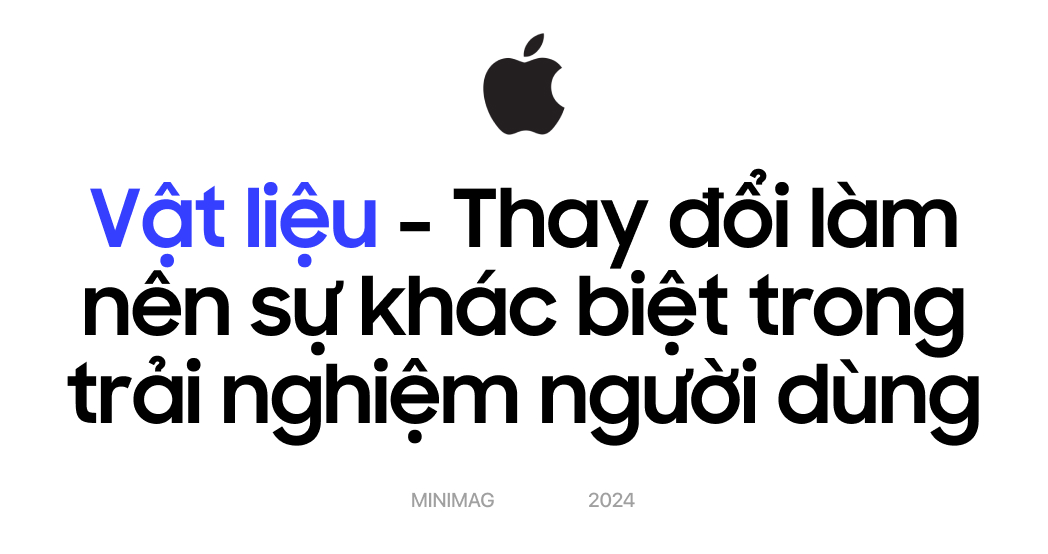
In the midst of the conversation, I asked Mr. Dinh if there was anything on the iPhone during its design phase that he thought few people would care about but eventually became an indispensable part of the user experience.
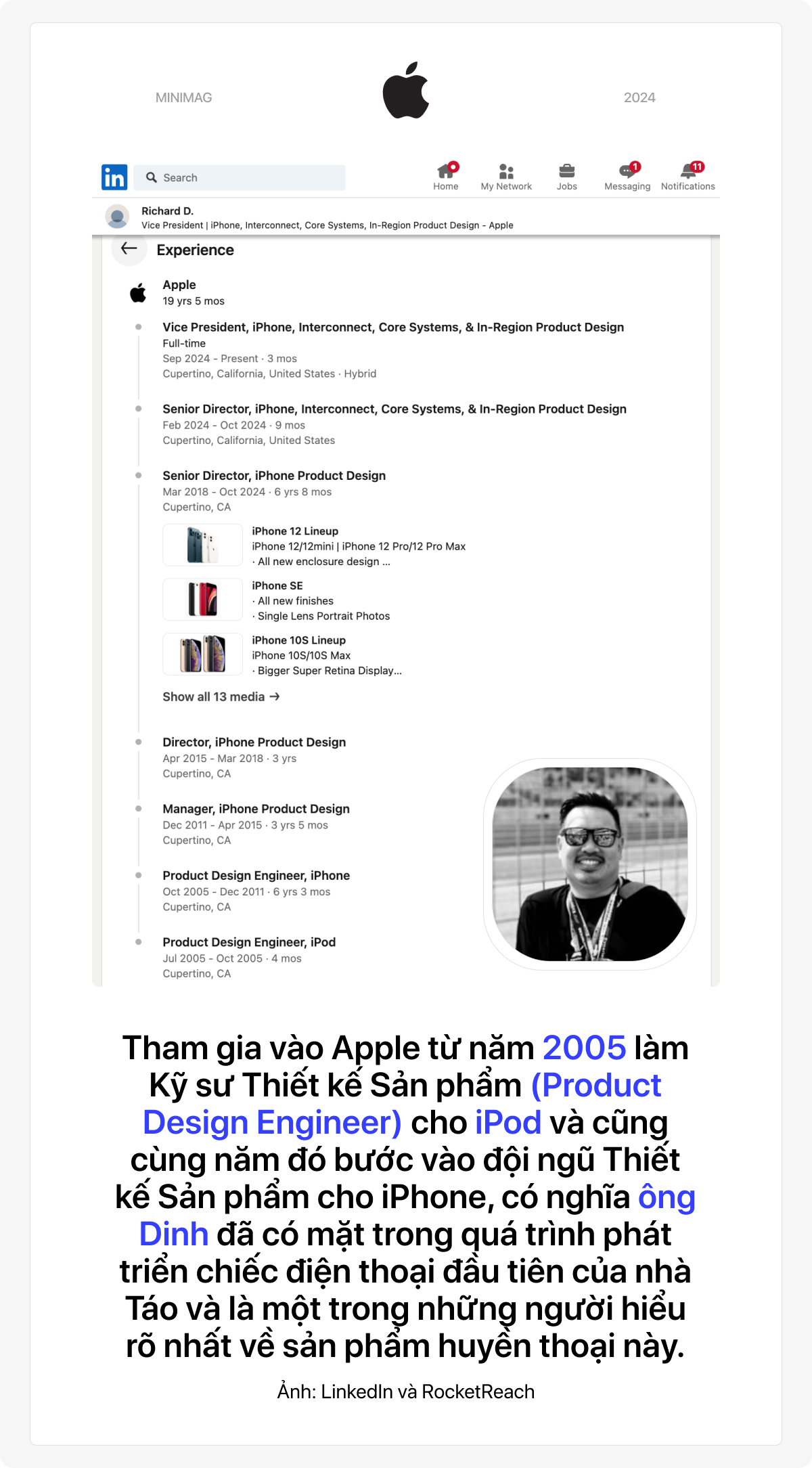
He paused for a moment and recalled Steve Jobs’ emphasis on this very aspect: “Going back to the first iPhone, Steve said, ‘Let’s take the materials we use seriously. Let’s really think about it.’”
He continued, “And I think the introduction of the glass screen was one of the smallest yet most fantastic things because it’s now on every smartphone.”
As soon as Mr. Dinh finished speaking, I realized how much the glass screen had improved the mobile phone experience.
Before the iPhone, most touch-screen phones featured resistive screens with a plastic coating. These screens required pressure to register touch, often resulting in the need for a stylus for input. Consequently, these screens were prone to scratches.
As a long-time tech enthusiast, I had used a few such models, like the O2 and Sony Ericsson phones. While they were fun, the touch experience was far from pleasant, and their accuracy left much to be desired, often requiring a physical keyboard. Looking back, I feel the price I paid didn’t quite match the experience these phones delivered.
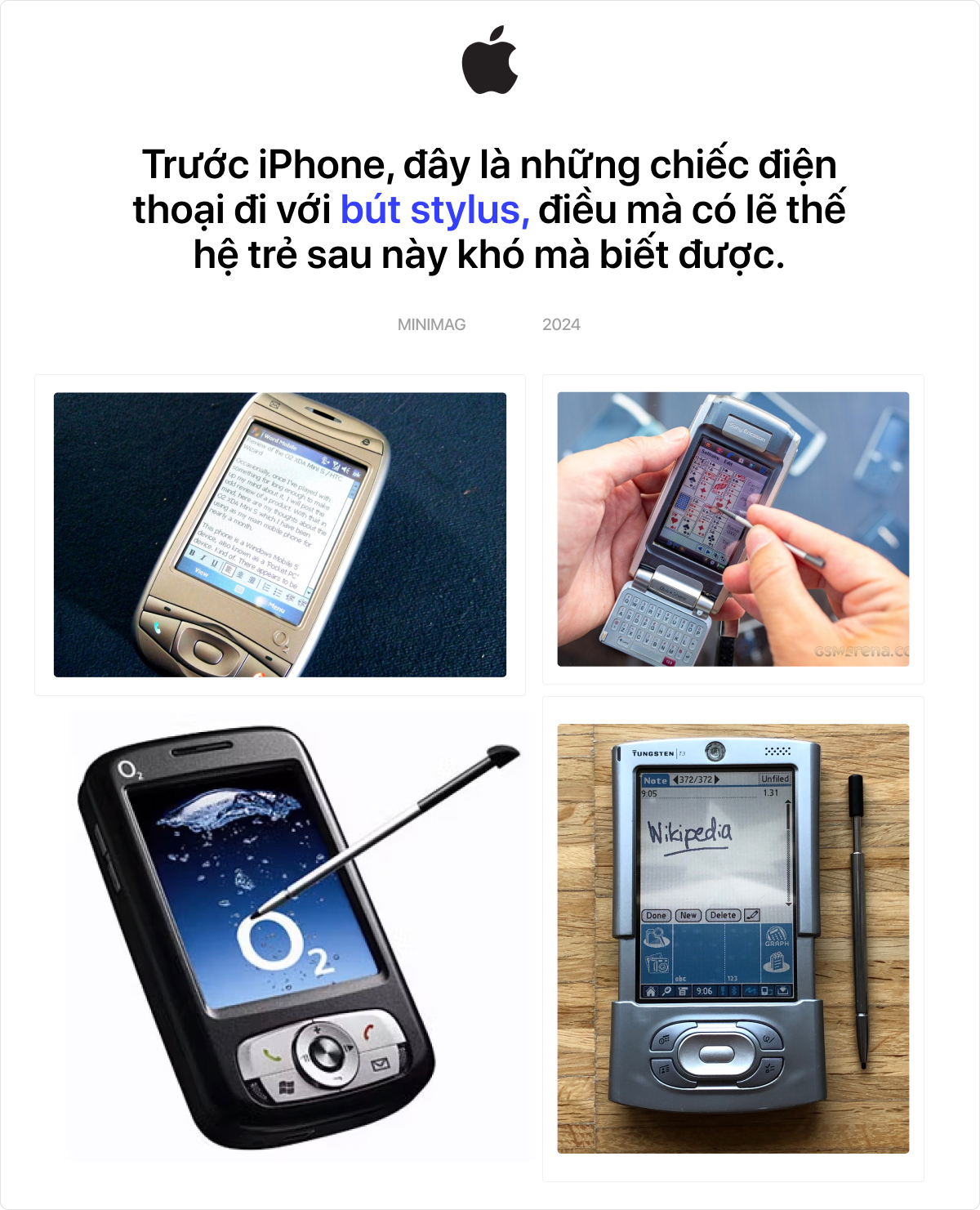
Then came the iPhone, and it changed my perception of what a touch-screen phone should be. The first iPhone introduced a capacitive touch screen made of glass, which was more reliable and elegant than most of its competitors at the time. It ushered in a new era for mobile phones, and it took a while for major brands to catch up with Apple in touch-screen technology.
However, incorporating a glass touch screen was no easy feat. Interestingly, the iPhone that Steve Jobs unveiled at the January 2007 event had a plastic screen. Not many people know this because the commercial version featured a glass screen. The switch from plastic to glass was mentioned in an Apple press release just 11 days before the first iPhone went on sale.
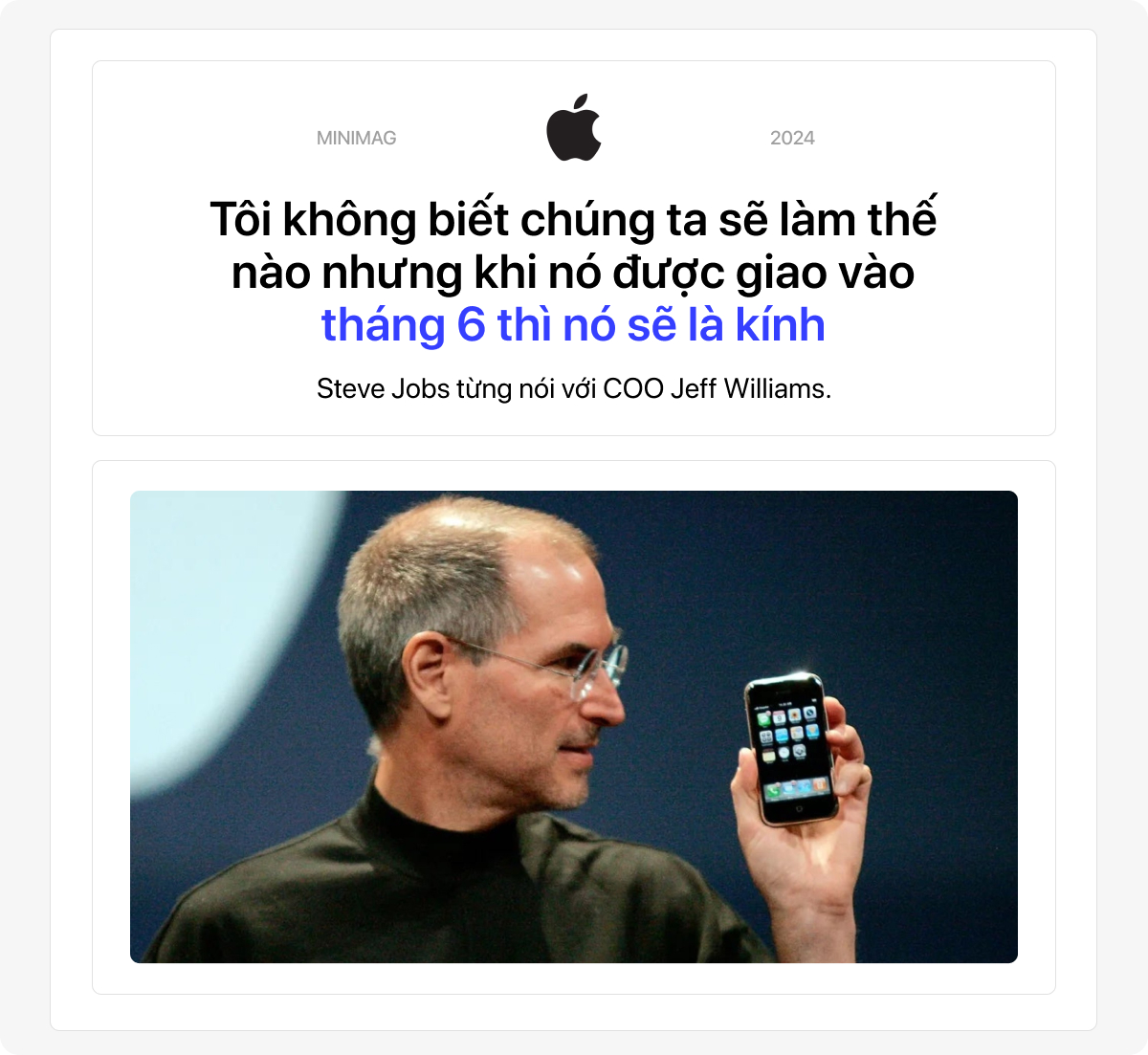
According to a story recounted by Apple’s COO, Jeff Williams, during a visit to Corning’s factory in Kentucky, after introducing the iPhone on stage, Steve Jobs complained to Williams about scratches on the iPhone’s screen that occurred when he kept it in his pocket. “We need a glass screen,” Jobs insisted. Williams objected, saying it would take three to four years to develop sufficiently durable glass. “No, you don’t understand,” Jobs replied, “When it ships in June, it needs to be glass. I don’t know how we’re going to do it, but when it ships in June, it will be glass.”
Apple and its partner, Corning, worked tirelessly to make this idea a reality within a few short months, a period Williams described as “horrifying” but well worth the effort. Ultimately, the iPhone that reached customers featured a durable Gorilla Glass screen.
The first iPhone was acclaimed for its superior multi-touch capacitive touch screen and internet capabilities, but the story behind the choice of materials is often overlooked. This interview with Richard Dinh sheds light on Steve Jobs’ pursuit of perfection, a vision that he and his colleagues at Apple continue to uphold and build upon.
“We’ve introduced the next-generation Ceramic Shield, further improving durability. I think a lot of users appreciate that. And it’s probably one of the most underrated initial features I can remember,” Mr. Dinh added.
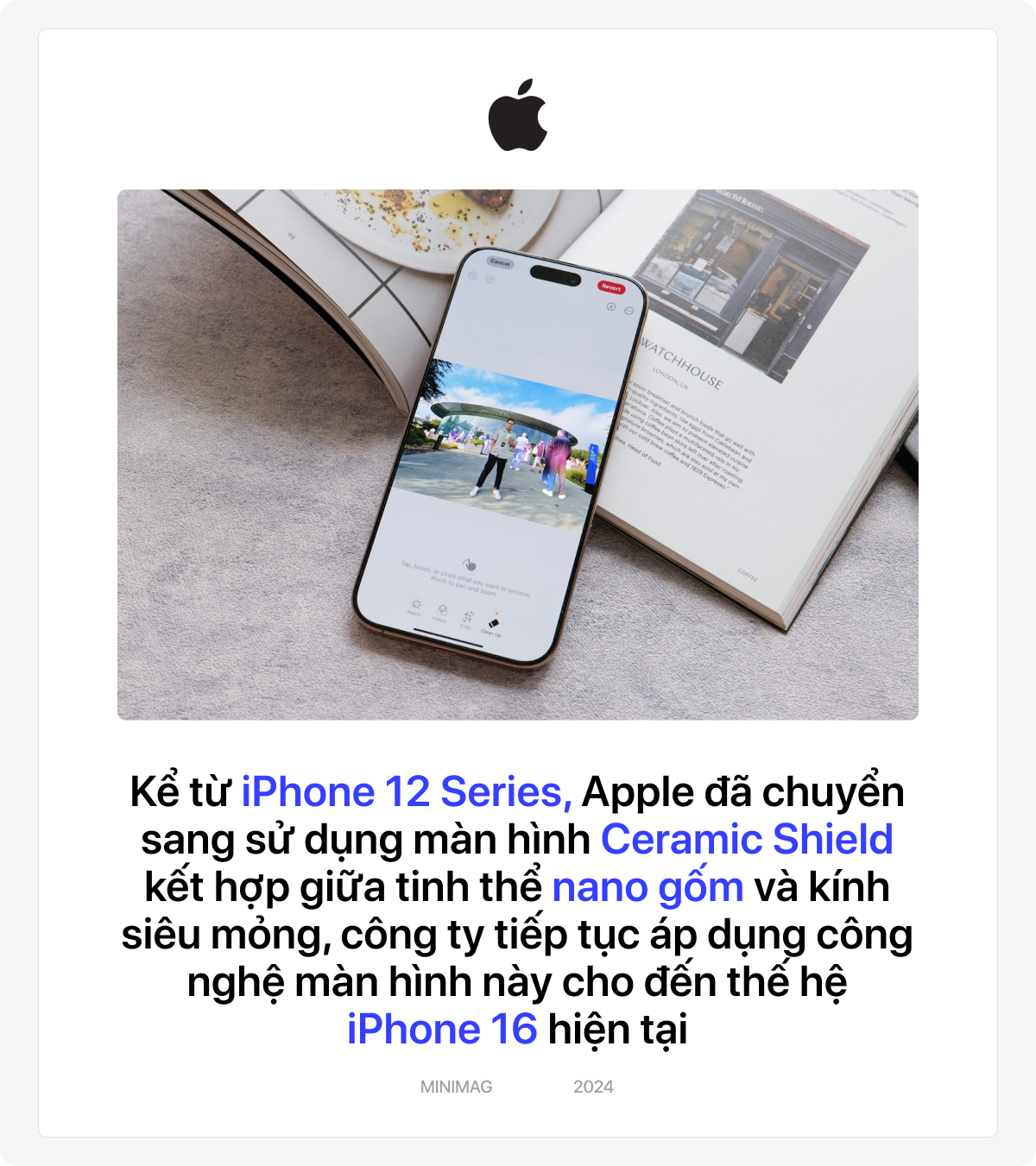
Apple and its products have come a long way since the launch of the first iPhone. Today, their product lineup is more diverse than ever, and they are committed to environmental sustainability.
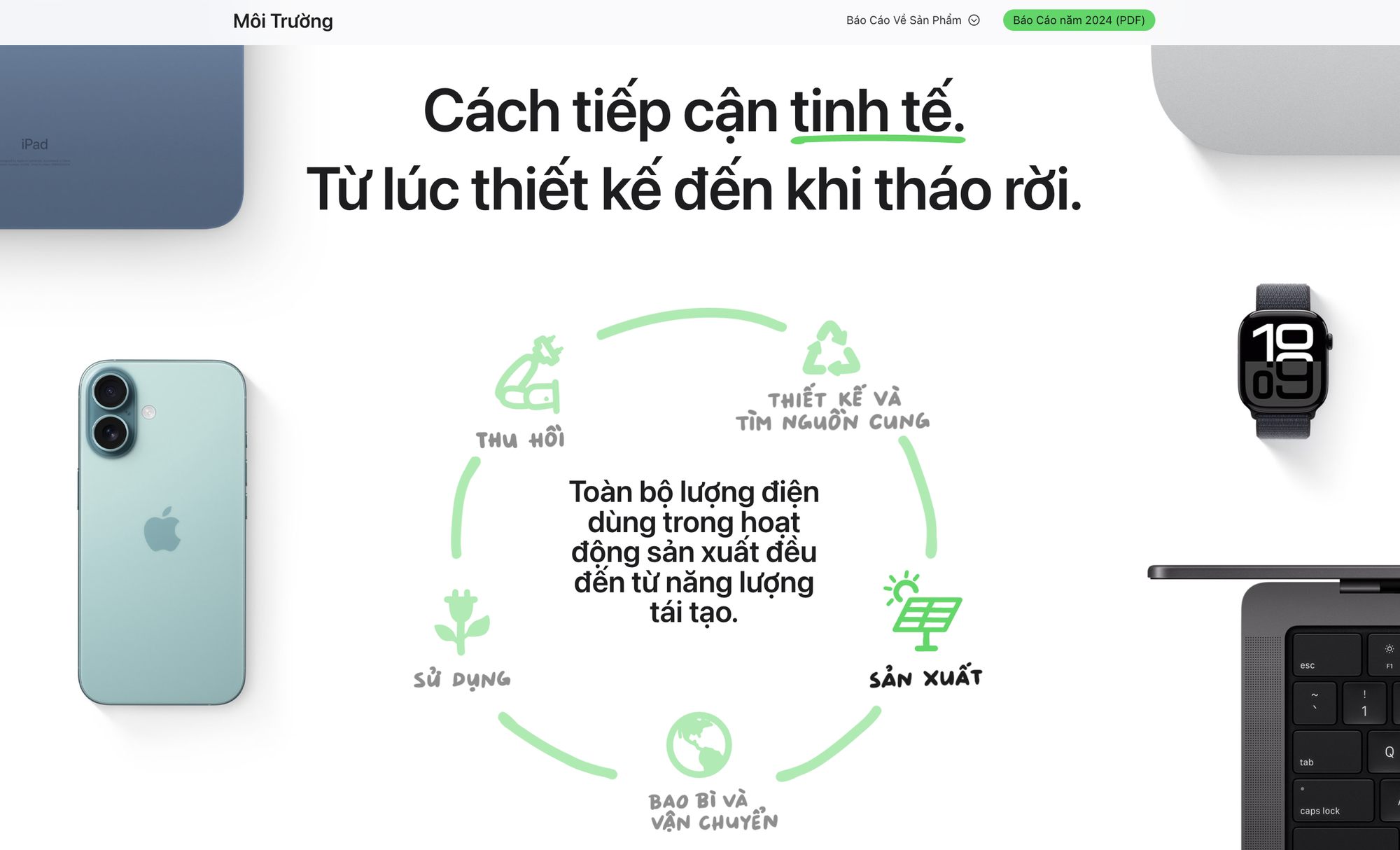
The Ultimate Powerhouse: Apple’s New iPad Pro Available Early in Vietnam, Starting at VND 11.39 Million
The iPad Mini 7 is an impressive upgrade to its predecessor, boasting a powerful CPU that’s 30% faster and graphics that are a remarkable 25% quicker. This sleek and compact tablet delivers an exceptional performance boost, ensuring a seamless and highly responsive user experience. With its enhanced processing power and stunning visuals, the iPad Mini 7 takes your everyday tasks and entertainment to new heights. It’s a true testament to Apple’s commitment to innovation and performance.
The Latest iPhone Model is Here: All the Features of the iPhone 16, But at a Fraction of the Cost!
Apple’s upcoming affordable iPhone model is set to offer a refreshed design and a host of enticing upgrades, all at a very competitive price point.







